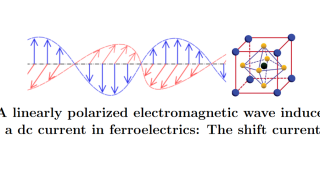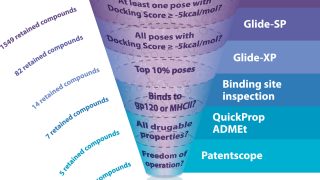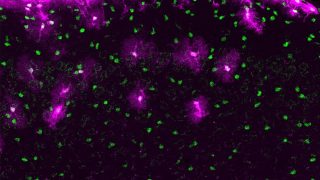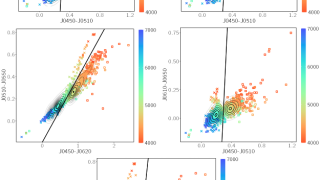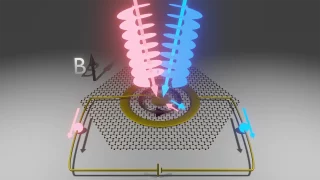
Using light to give electrons a spinning kick
Scientists seeking better methods for controlling the quantum interactions between light and matter demonstrated a novel way to use light to give electrons a spinning kick. The results of their experiment show that a light beam can reliably transfer orbital angular momentum to itinerant electrons in graphene. Having tight control over the way that light […]


